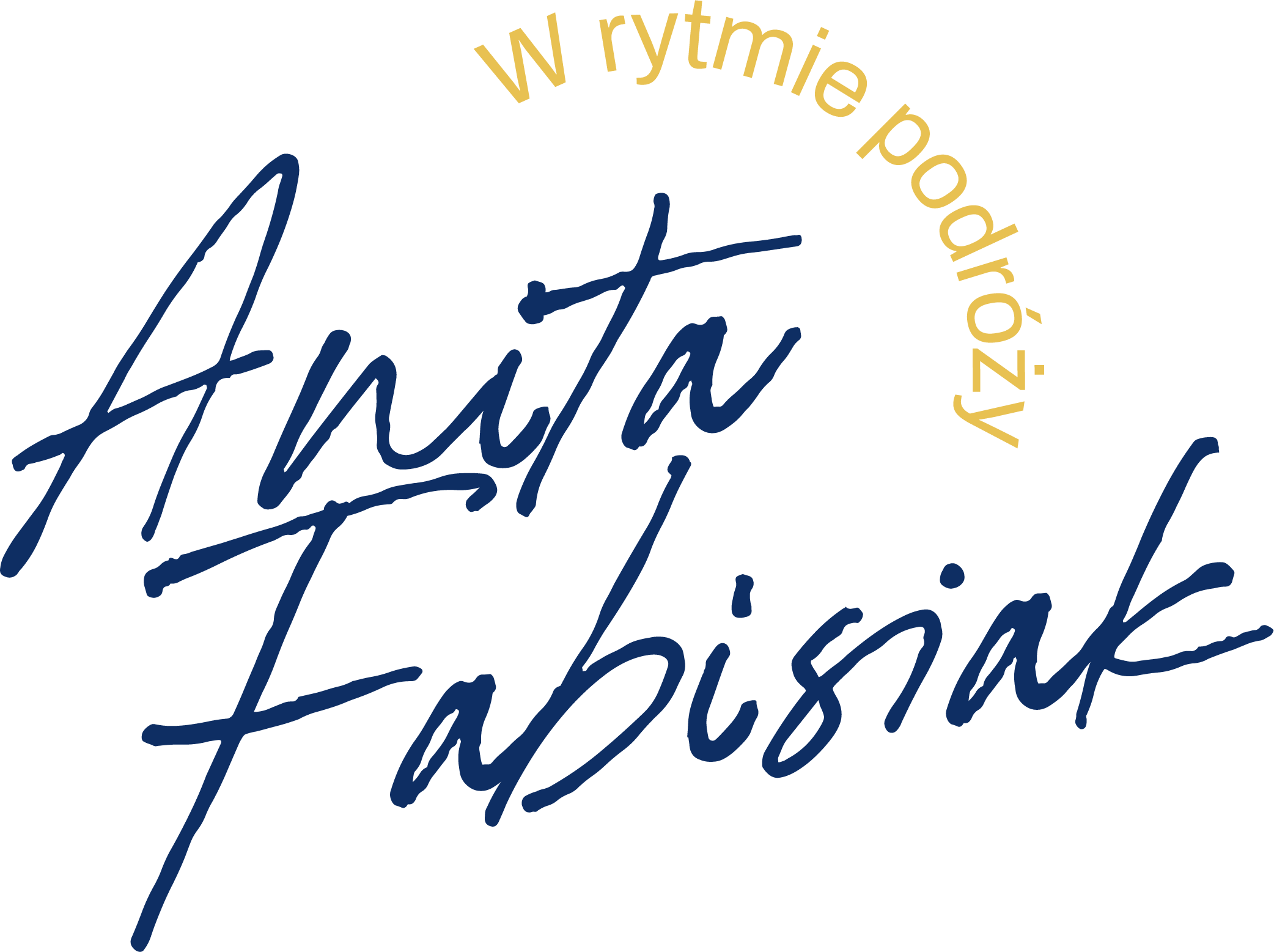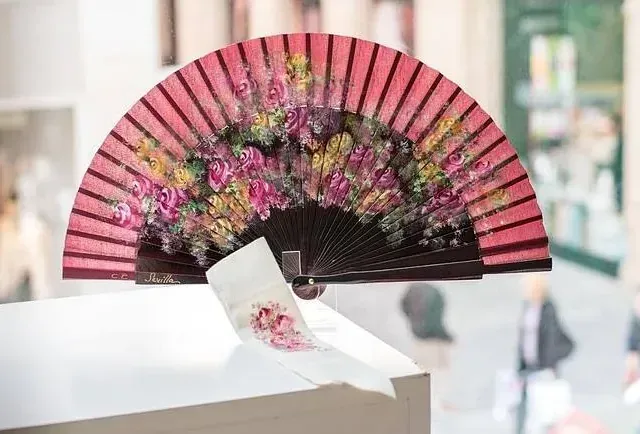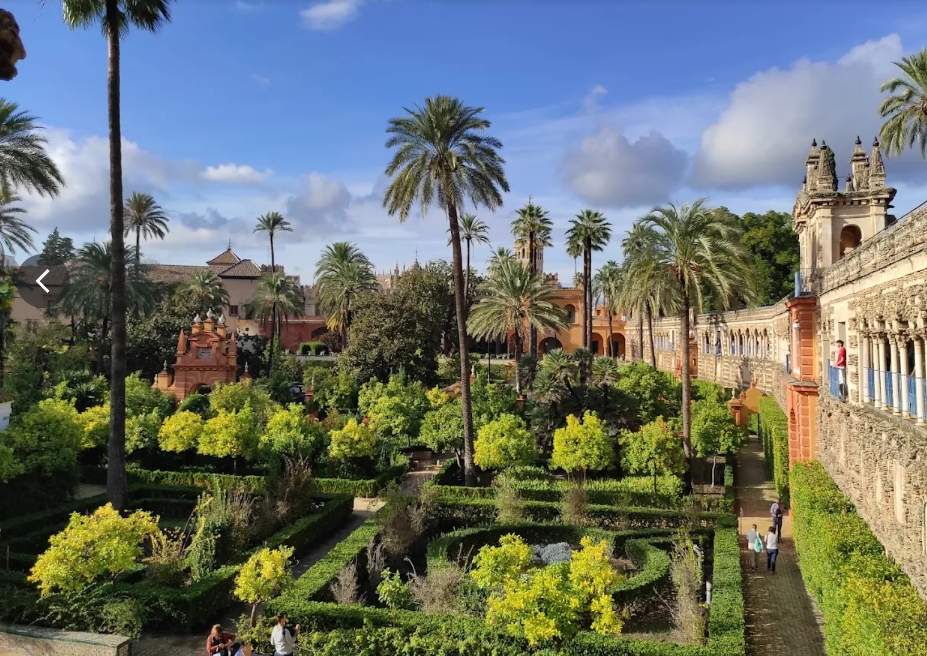Seville is a city that delights in history, smells and light. Walking through the narrow streets, under the golden dome of the cathedral or in the shade of the palm trees in the Spanish Square, you can feel that time passes differently here - slower, with attentiveness. But to really get a good feel for the rhythm of the place, it's worth knowing, when to arrive, how to get around and what to expect. Here is a practical guide to make it easier for you.
📅 When is the best time to come to Seville?
The best months to visit are April, May, September and October. The weather is good then, the city is lively - especially during the Semana Santa (Holy Week) and Feria de Abril. It is, however high season, so it's worth it:
- book tickets to sights and accommodation in advance,
- prepare for larger crowds.
March It can be weather-wise capricious - some sunshine, some rain - but it has its own unique charm: Seville then smells of azahar, or orange blossomswhich are beginning to bloom. A walk in such conditions is a feast for the senses.
Summer (July and August) brings heat of up to 40°C - but also fewer tourists. Simply adjust your daily rhythm to the temperature to enjoy the city in a calmer atmosphere.
☀️ How to visit Seville in summer?
In Seville in the summer we don't visit "from morning to evening" - we visit early and late, with a longer break in the middle of the day. Proven principles:
- Start the tour at 8:00 a.m.when the streets are still cool and calm.
- Finish your intensive tour before 2 p.m.before the heat becomes really tiring.
- Have a siesta - in a hotel, museum or café with air conditioning.
- After 20:00 The city comes alive - the perfect time for dinner, a walk, tapas.
Don't forget water, sunglasses, a hat, sunscreen and... a fan!
A fan (abanico) is not only a stylish gadget but also a reliable way to cool down. I recommend the boutique Diza-Dizal-Zadi - Abanicos de Sevilla (https://g.co/kgs/S2jyhSS), where you will find hand-painted traditional fans.
🍴 Rhythm of the day and restaurants
They eat differently in Spain than in Poland:
- Lunch (dinner): from 12:00 to 16:00
- Dinner: from 20:00 to 24:00
Between 16:00 and 20:00, most restaurants are closed. Only some tapas bars, mainly in the centre, are sometimes open.
Google hours are not always up to date - preferably call to the premises or check their social media profile.
🟠 Attention in summer: many small local bars and restaurants closes for a few weeks' holiday - especially in August. Therefore:
- check beforehand that your favourite place works,
- have a few alternative addresses in mind
🚶Getting around town
Seville is an ideal city for walking - the most important monuments (Alcázar, Cathedral, Spanish Square, Giralda) are all close together.
If you live further afield, you can use:
- tram (e.g. from San Bernardo to the centre),
- city buses (cheap and well connected).
Buy your tickets at newsagents or from the driver (have change).
🚗 Parking - where to leave your car?
If you are coming to Seville by car for one day, it is best to leave it in an underground car park - it is convenient, safe and avoids nerves. Proven locations:
| Parking | Location | Price per day |
| MC Avenida de Roma | Avenida de Roma 13 (right next to the Alcázar) | approx. €18.50 |
| Magdalena (El Corte Inglés) | Centre | approx. €24 |
| Saba Plaza de la Concordia | Centre | €2.80/hour (~€22-25/day) |
| Cano y Cueto | Next to the Murillo Gardens | approx. €30 |
🔧 Apparkya will help if you park on the street (blue or green zone). With it you can:
- pay for parking from your phone,
- extend it without returning to the car,
- avoid a fine.
Seville is not just about monuments - it's a lifestyle. A city to be felt - with the smell of azahar, the taste of tapas, the sound of castanets and the peaceful rhythm of the day.
Let it guide you and it will stay with you for a long time.



